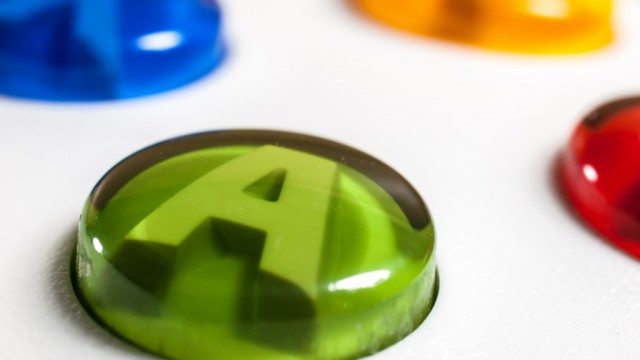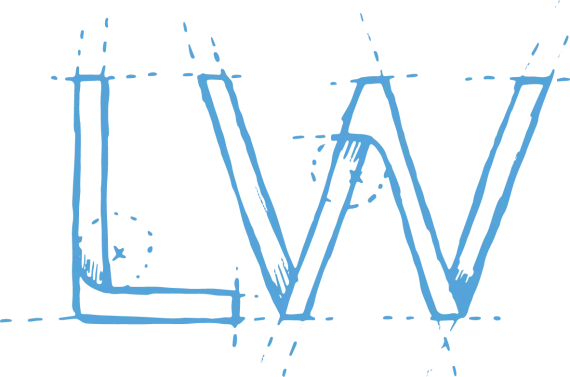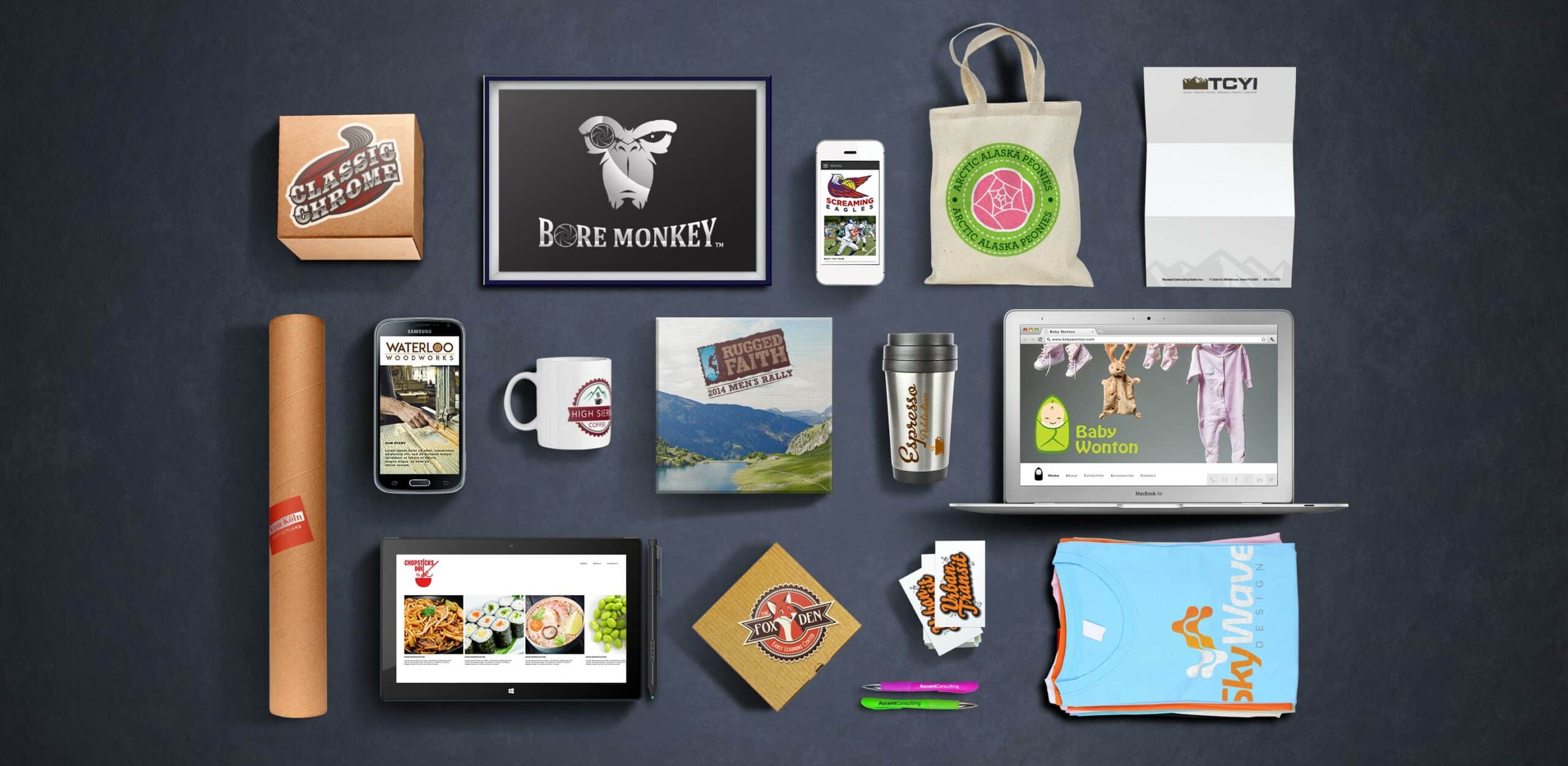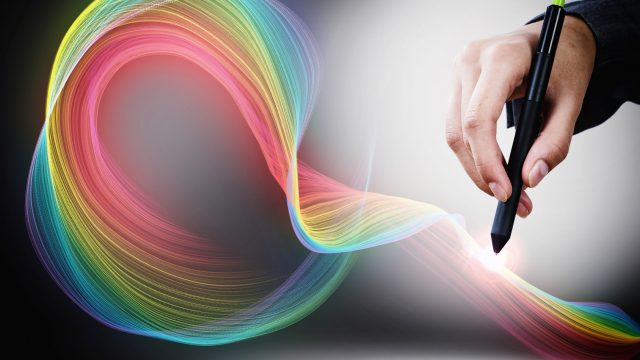Did you know that redesigning your website’s call-to-action (CTA) buttons can increase conversion rates by 213 percent or more?
If your brand’s website goals include higher lead generation, adding enticing, visible buttons throughout your website can effectively funnel visitors to your landing pages.
Optimizing design for conversion is as much of a science as it is an art, and effective designers immerse themselves in best practices for capturing visitors’ attention. By inviting your visitors to download an e-book, start a free trial of your software, or learn more, you can extend your engagement with the 96 percent of first-time website visitors who aren’t ready to buy. Here are a few critical criteria your CTA buttons for website homepages, landing pages, and other pages should always meet:
1. Visibility
If you bury your CTA buttons at the very bottom of the page, what are the chances your visitors will notice them? While design experts are busy debunking the myth that important information always needs to be located above the fold, visibility is critical.
2. Prominence
Your CTA buttons need to stand out against busy, information-packed web pages. Exceptional graphic designers leverage the concepts of contrast and readability to ensure prominence. While your CTA buttons should never be jarringly bright, they need to stand out. Whether you opt for a green button on a blue page or a white outlined button against a darker page, contrast and clear fonts are crucial.
3. Actionable Language
Text is an essential part of CTA design. Your language must be actionable to entice your website visitors to click and visit your landing pages. By using high-powered words like “free,” “now” or “today,” you can increase your conversions. Sample actionable text for CTA buttons includes the following:
- Start Your Free Trial
- Get Started Now
- Learn More
CTA Trends
Much like website design trends can change drastically, trends in CTA button design are also an ever-evolving field. Some of the trends that drive this intelligence come from major studies on user conversion rates. Other data comes from A/B tests performed internally by brands.
Perhaps inspired by Apple, many brands are opting for flat-design inspired websites, where elements are not surrounded by subtle shadows to appear three-dimensional. As a result, many CTA buttons appear flat against the page. Another major trend is ghost buttons, which may change appearance and become more prominent when website visitors hover over the element with their mouse.
What factors drive your CTA button design?




